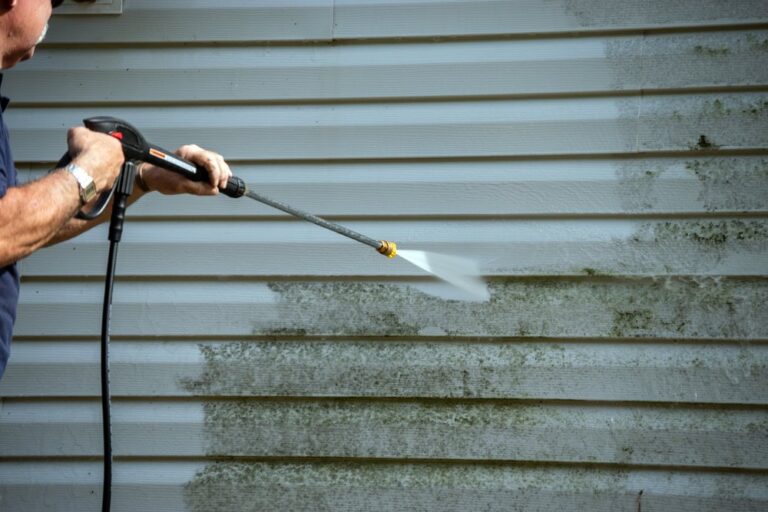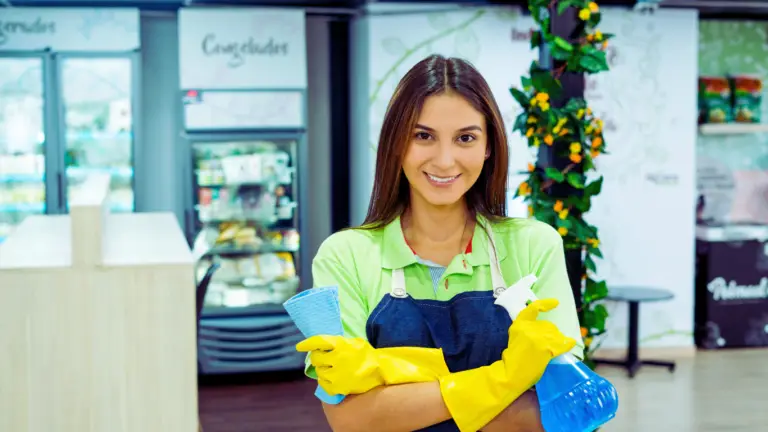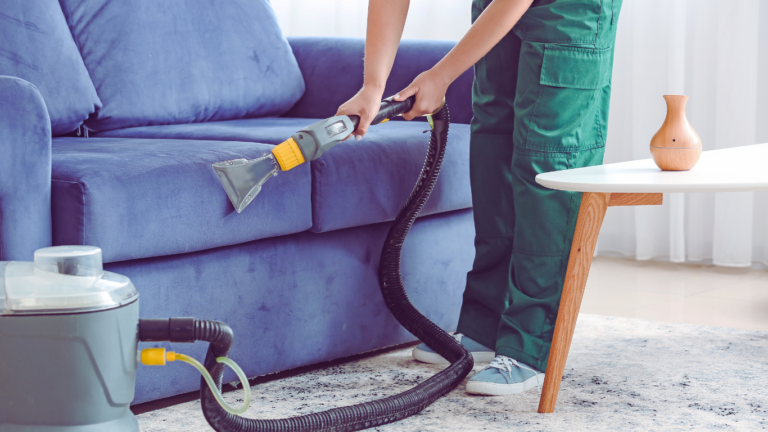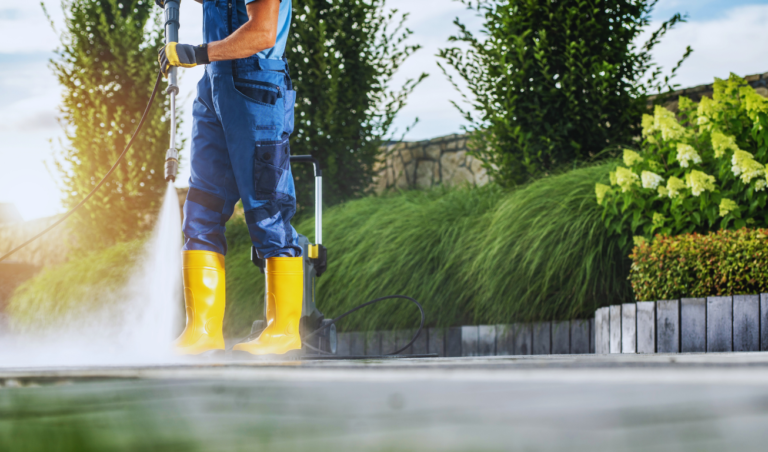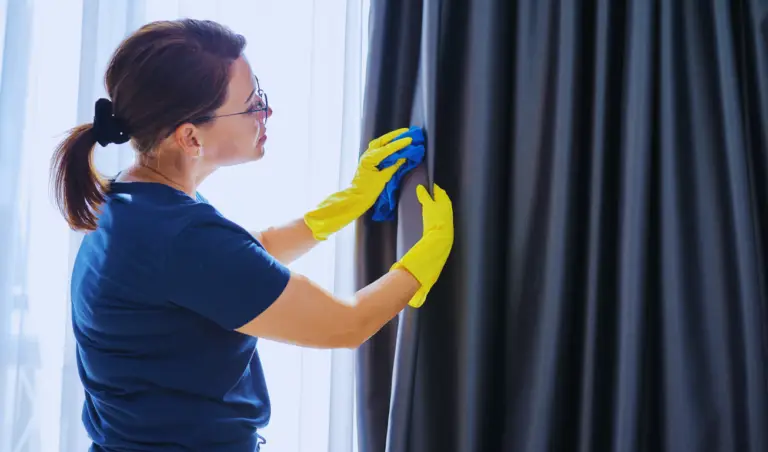Green Clean Lifestyle to Sustainable Living
In today’s world, the concept of green clean is gaining momentum as more individuals and communities become aware of the environmental and health impacts of traditional cleaning methods. Living sustainably is turning into a need rather than just a trend. This comprehensive guide will delve into the essence of green cleaning, its benefits, practical tips, and frequently asked questions.
What is Green Clean?
Green clean refers to the use of eco-friendly products and practices to maintain cleanliness and hygiene. Unlike conventional cleaning methods that often rely on harsh chemicals and synthetic materials, green cleaning emphasises the use of natural, biodegradable, and non-toxic ingredients. The goal is to minimise environmental impact, improve indoor air quality, and promote overall health and well-being.
The Principles of Green Clean
Eco-Friendly Products: Natural components, including vinegar, baking soda, lemon juice, and essential oils, are used to make green cleaning solutions. These ingredients are safe for humans, pets, and the planet.
Sustainable Practices: This includes utilising energy-efficient equipment, cutting back on trash, and saving water. It also involves the proper disposal of cleaning products and recycling whenever possible.
Health Consciousness: Green cleaning reduces exposure to toxic chemicals, which can cause respiratory problems, skin irritation, and other health issues. It promotes a healthier indoor environment.

Benefits of Adopting a Green and Clean Approach
Transitioning to a clean lifestyle offers numerous advantages for both individuals and the environment. A few of the principal benefits are as follows:
Environmental Protection
You may lessen the amount of dangerous chemicals that are released into the air and water systems by choosing eco-friendly cleaning supplies. This helps protect ecosystems, wildlife, and natural resources. Green cleaning products often come in recyclable or biodegradable packaging, further reducing waste.
Health and Safety
Traditional cleaning products can contain volatile organic compounds (VOCs) and other toxic substances that pose health risks. Green cleaning products are free from these harmful chemicals, reducing the risk of respiratory issues, allergies, and skin conditions. This is especially beneficial for households with children, pets, and individuals with sensitivities.
Cost-Effectiveness
Many green cleaning solutions can be made at home using simple ingredients, which can save money. Furthermore, environmentally friendly solutions frequently have longer shelf lives and are more concentrated, requiring you to use less over time. Investment in green cleaning products can also lead to long-term savings on healthcare costs by reducing exposure to harmful chemicals.
Improved Indoor Air Quality
Green cleaning products do not release harmful fumes or residues, leading to better indoor air quality. This can significantly reduce the occurrence of indoor air pollution, which is linked to various health problems. Better air quality also means fewer allergens and irritants, creating a more comfortable living environment.
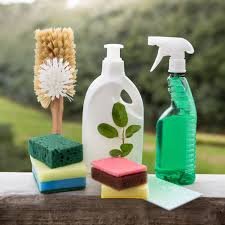
Practical Tips for Implementing Green Clean Practices
Making the switch to a green clean lifestyle is easier than you might think. To get you started, consider these helpful tips from LuxeShine professionals :
DIY Green Cleaning Recipes
One of the simplest ways to embrace green cleaning is by making your own cleaning solutions. Here are a few easy recipes:
All-Purpose Cleaner: Mix equal amounts of white vinegar and water in a spray bottle. A few drops of your preferred essential oil can give it a pleasant scent. This solution can be used to clean countertops, glass, and surfaces.
Glass Cleaner: In a spray bottle, mix 1/4 cup white vinegar, 1/4 cup rubbing alcohol, and 2 cups water. Mix well before using it to wipe mirrors and windows.
Floor Cleaner: Mix 1/2 cup of vinegar with 1 gallon of warm water. Use this solution to mop floors. For a fresh scent, add a few drops of essential oil.
Choosing Eco-Friendly Products
When purchasing cleaning products, look for labels that indicate they are eco-friendly, biodegradable, and free from harmful chemicals. Certifications such as Green Seal and EcoLogo can help you identify trustworthy green products. Additionally, research brands that are committed to sustainable practices and transparent about their ingredients.
Reducing Waste
Reduce waste by buying products in bulk and choosing items with minimal packaging. Reusable cleaning cloths, mop heads, and brushes are also great alternatives to disposable options. Additionally, consider repurposing old clothes and towels as cleaning rags. Making the switch to reusable products reduces waste and costs money over time.
Conserving Water
Be mindful of water usage while cleaning. Turn off the tap when it’s not in use and use a bucket for mopping instead of running water. Installing water-efficient fixtures can also help reduce water consumption. Every drop counts, and conserving water is an integral part of a green, clean lifestyle.
Proper Disposal
Dispose of cleaning products properly to avoid contaminating the environment. Follow local guidelines for disposing of hazardous materials and recycle packaging whenever possible. Improper disposal of cleaning products can lead to pollution of water sources and harm to wildlife.
Green Clean for Different Areas of Your Home
Every part of your house requires a different level of cleanliness. Here’s how you can apply clean practices to various spaces:
Kitchen
Counters and Surfaces: Use a mixture of water and vinegar to clean and disinfect surfaces. For stubborn stains, sprinkle baking soda and scrub with a damp cloth.
Oven: Mix water and baking soda to form a paste. Cover the interior of the oven, let it overnight, and then use a moist towel to wipe it clean.
Sink: Clean the sink with a mixture of baking soda and water. For a fresh smell, rinse with vinegar and hot water.
Bathroom
Toilet: Sprinkle baking soda inside the toilet bowl, scrub with a toilet brush, and flush. For extra disinfecting power, add a few drops of tea tree oil.
Shower and Tub: Mix equal parts of water and vinegar in a spray bottle. Apply a mist to surfaces, then allow it to sit for a little while before cleaning and discarding.
Mirrors: Use the DIY glass cleaner recipe mentioned earlier for streak-free mirrors.
Living Areas
Dusting: Use a microfiber cloth or a damp cloth to trap dust without the need for chemical sprays.
Carpets and Rugs: Sprinkle baking soda on carpets and rugs, let sit for 15 minutes, and vacuum thoroughly to remove odours and freshen up fibres.
Furniture: Polish wooden furniture with a mixture of olive oil and lemon juice for a natural shine.
Laundry
Detergent: Choose a biodegradable, phosphate-free laundry detergent. You can also make your own by mixing washing soda, borax, and grated castile soap.
Stain Removal: Treat stains with natural ingredients like lemon juice, hydrogen peroxide, or baking soda before washing. These natural stain removers are gentle on fabrics and effective against various types of stains.

FAQs About Green Clean:
What are the best natural ingredients for green cleaning?
Some of the best natural ingredients for green cleaning include vinegar, baking soda, lemon juice, essential oils, and castile soap. These ingredients are effective, affordable, and safe for the environment.
Do conventional cleaning products work just as well as green ones?
Indeed, green cleaning supplies can function just as well as conventional ones. While they may require a bit more elbow grease for certain tasks, they offer the added benefit of being safer for your health and the environment.
What is the true greenness of a cleaning product?
Absolutely. Green cleaning methods can be applied in commercial spaces, including offices, schools, and healthcare facilities. Many green cleaning products are available in commercial-grade formulations, making it easy to maintain a clean and healthy environment in larger spaces.
What is the true greenness of a cleaning product?
Look for certifications from reputable organisations like Green Seal, EcoLogo, or the EPA’s Safer Choice programme. These certifications indicate that a product has met specific environmental and health standards. Additionally, review the ingredient list for natural, non-toxic components, and avoid products with artificial fragrances and dyes.
Is green cleaning more expensive?
Green cleaning can be cost-effective, especially if you make your own cleaning solutions using simple ingredients. While some eco-friendly products may have a higher upfront cost, they often last longer and require less product per use. Over time, the savings on healthcare costs and the benefits to the environment make green cleaning a wise investment.
What are the long-term benefits of green cleaning?
The long-term benefits of green cleaning include improved health, reduced environmental impact, cost savings, and enhanced indoor air quality. Using green cleaning techniques helps ensure a sustainable future. The cumulative effect of small changes in your cleaning routine can lead to significant positive outcomes for both your household and the planet.
Conclusion
Adopting a green, eco-friendly lifestyle is an effective way to reduce costs, safeguard your health, and support environmental preservation. You can keep your house clean and healthy without sacrificing the health of the environment by utilising eco-friendly goods and sustainable methods. Start with small changes and gradually incorporate more green cleaning methods into your routine. Together, we can make a significant difference in creating a healthier, cleaner, and greener world.



